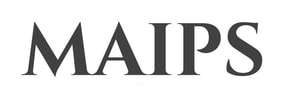Topical Products to Treat and Manage Hair Loss
From the scientifically and clinically studied options, there are three types of products that can be applied topically: 1 to 5% Minoxidil (Rogaine); Peppermint Oil and Lavender Oil; and 0.2% Caffeine solution.
- Minoxidil has been extensively studied and is the only other product besides Finasteride (an oral drug), approved by FDA for the treatment of androgenetic alopecia.
- Peppermint Oil and Lavender Oil have been studied on mice only; both oils have been found to be approximately as effective as 3% Minoxidil.
- 0.2% Caffeine Solution has been studied on human volunteers and has been found to be approximately as effective as 5% Minoxidil, with less side effects.
